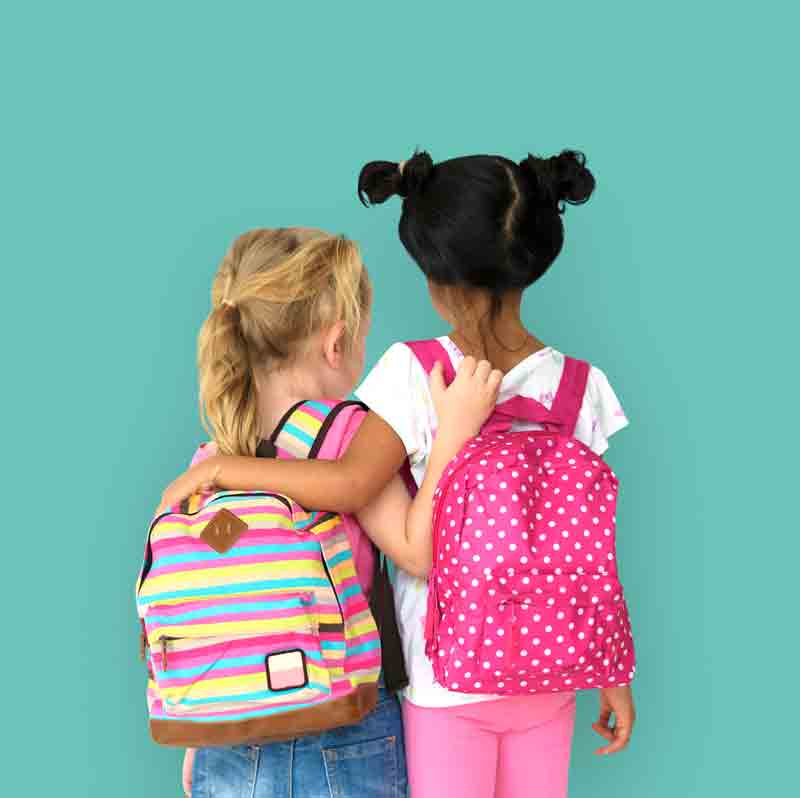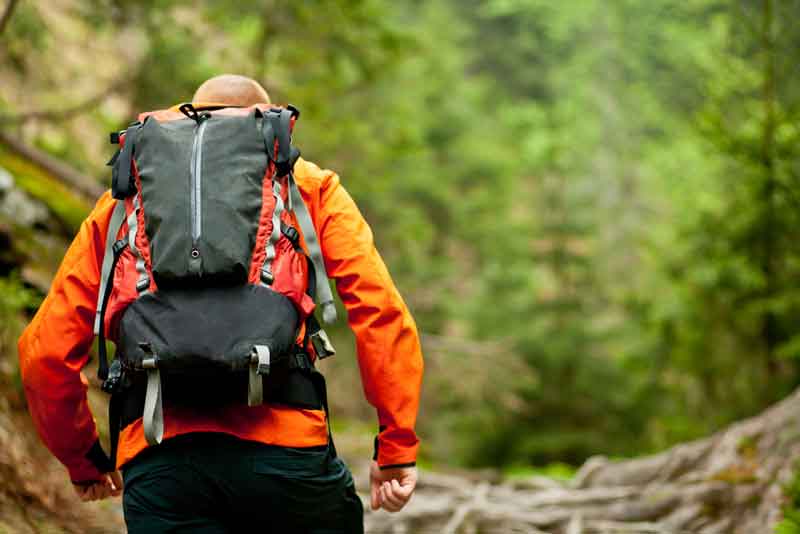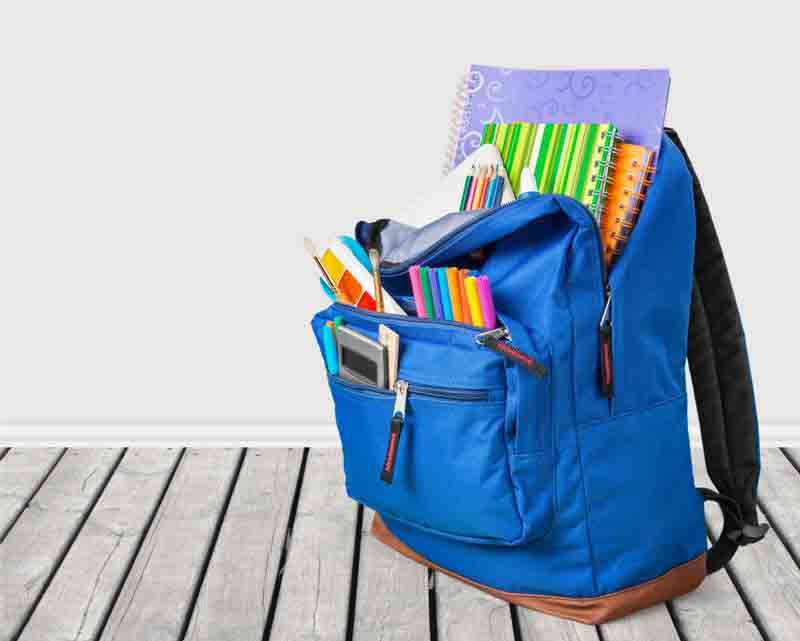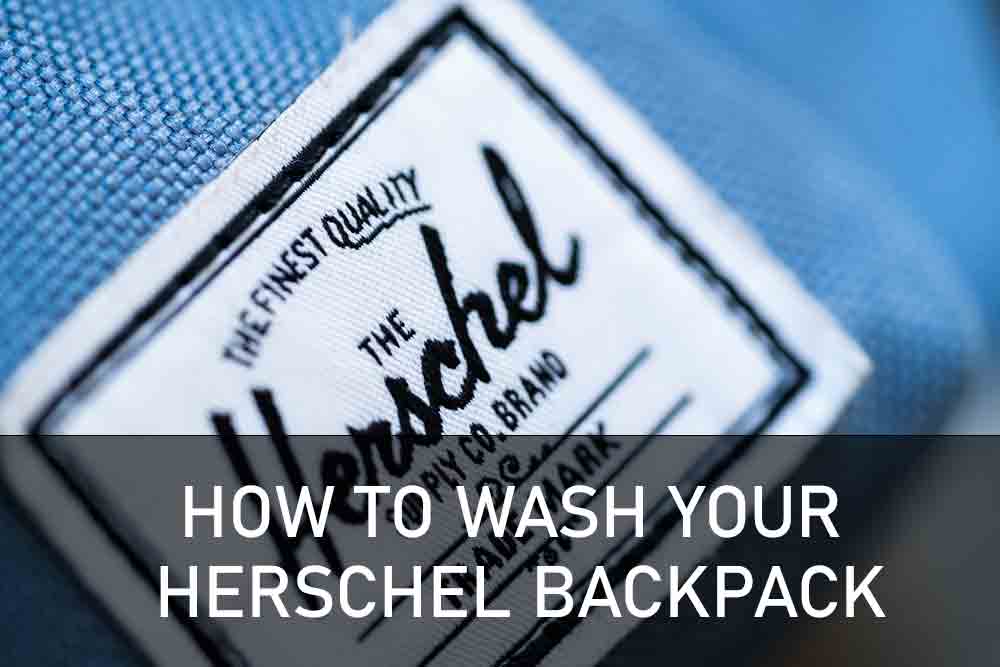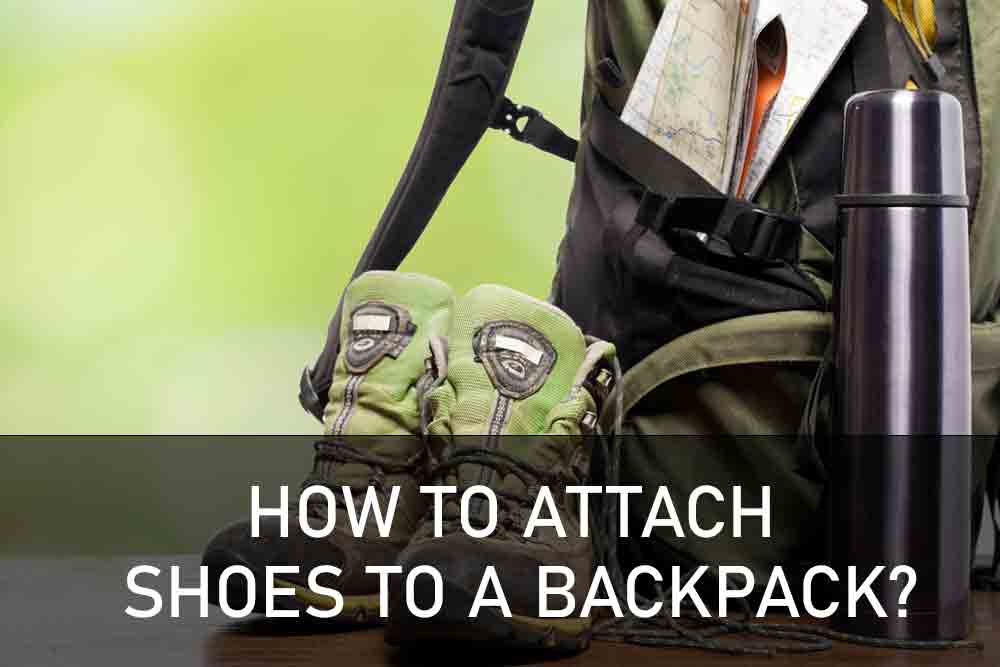What Size Backpack is Right for Kindergarten? Choosing the right size backpack for kindergarteners can be tricky. Our guide helps you find your kid’s best fit.
Kindergarten is on the horizon, and it’s time to get serious about school supplies. You know that backpack is on your child’s list-and you also know that kindergartners are small people. So what size should your kid wear?
The answer depends partly on how old they are when starting kindergarten, but mostly on their weight. If they’re lighter than 20 pounds (about 10 kilograms), go with a pack of 15 inches by 18 inches (38 centimeters by 46 centimeters). If they’re heavier than 25 pounds (11 kilograms), get one that measures 16 inches by 21 inches (41 centimeters by 53 centimeters). The main thing is not to buy too big or too small of a backpack for your little person.
How to pick the right size backpack
The first step to picking the right backpack is figuring out where all your child’s supplies will fit. If you’re not sure, spread them around on the floor and see how it goes. Then, look for a pack that has padded shoulder straps and a waist strap for even weight distribution. The last thing you want is for them to grow out of their backpack before they even start kindergarten.
Shoulder Line:
The shoulder line is what your child’s backpack should reach. If it’s too long, the weight will hang too far down and cause strain on their shoulders, while if it’s too short they’ll find themselves leaning forward too much. It should be about 1-1/2 inch (38mm) above their waistline.
Adjustable shoulder straps:
These are adjustable straps with a velcro enclosure, which makes it easy to tighten or loosen the straps as your child grows. Also, make sure that their backpack has an ergonomic design-this means padded shoulder straps and a padded back panel. This will help distribute weight evenly on your child’s body, preventing any strain or discomfort while they’re walking home from
Padded shoulder straps and a waist strap help distribute the weight evenly on your child’s back, which will make it more comfortable to wear. Pick a pack with three compartments-one for a textbook, one for a lunchbox or water bottle, and one for miscellaneous items like homework folders and jackets.
Pockets Kindergarten backpack needs have:
Pockets for lunchbox or water bottle pocket, textbooks, and other items like homework folders, pen holders, and other multiple pockets.
Before you buy, make sure that the bottom of the backpack doesn’t drag on the floor. This could cause damage to both your child’s spine and any items in their backpack. Any good kindergartener knows that they need to keep their things together-so tell them that with a new backpack!
To make sure that the bottom of the pack doesn’t drag on the floor, which could cause damage to both your child’s spine and any items in their backpack, look for a pack with padding around that area. Lastly, pick a backpack with plenty of pockets-two at least-to store pencils, pens, and markers. For younger children, try to find one with a pencil holder that wraps around the outside. For older kids, look for a side pocket big enough to fit water bottles and juice boxes.
| AGE | HEIGHT | WIDTH |
| 4 | 11″ | 6″ |
| 5 | 12″ | 6″ – 1/2″ |
| 6 | 12″ – 1/2″ | 7″ |
| 7 | 13″ | 7″ |
What Not to Buy
Just as important as what’s in your child’s backpack is what isn’t. Skip backpacks with wheels-they’re too easy to get stuck on stairs, and they can cause injuries to your child’s back. Also, steer clear of backpacks with two straps-they’re hard for kids to adjust themselves.
If your child is younger than eight or nine (and that’s most of them), you might have to do some maneuvering to get the backpack on their back themselves. With two adjustable shoulder straps, they have to put it on the right way every time, so consider this when making your purchase.
School supply lists are notorious for being long and repetitive, so you probably have a lot of the same items on your lists. It’s helpful to have an overall plan before shopping, but there are plenty of backpacks that fit multiple needs anyway. Look for bright colors (and matching lunchboxes).
Tips on how to care for your child’s backpack
A clean backpack is a healthy backpack, so be sure to wipe it down every so often with a cloth dampened in warm water and mild soap. Don’t use harsh chemicals or bleach-they can damage your child’s lunchbox, electronics, clothing, and notebooks.
Be sure to air out the pack after each use by opening it up and leaving it outside for a few hours. If you notice that your child’s back starts to feel damp, the pack may have been pressed against their body too long or might need more ventilation. When in doubt, just take the pack away from them until you can clean it.
Do not overload your child’s backpack with supplies because the weight will be distributed unevenly. If you’re unsure what they can carry, ask their teacher for a list. If you have any questions about the size or placement of pockets, don’t hesitate to talk to your child’s teacher or school administrator for suggestions.
The Best Backpacks For Kindergarteners
B0764GF7D3, B002V0BL5A, B071K975WH, B073Z6HQ5D, B092FMDRTB
Kids Backpacks safety tips
- Keep the backpack between your child’s shoulder blades to maximize comfort and weight distribution.
- Remove any dangling straps from backpacks to prevent them from getting caught.
- Avoid buying a backpack with wheels or two straps, as they can cause injuries.
- If possible, choose a pack with three compartments-one for a textbook, one for a lunchbox or water bottle, and one for miscellaneous items like homework folders and jackets.
- Skip backpacks with wheels-they’re too easy to get stuck on stairs, and they can cause injuries to your child’s back.
How big is a standard kids’ backpack?
A standard kids backpack is around 15 inches by 18 inches. Parents should make sure that the bottom of the pack doesn’t drag on the floor, as this can cause damage to both their child’s spine and any items in their backpack. Backpacks should have a padded shoulder strap and waist belt. Backpacks should also have two pockets-one for a lunchbox or water bottles, and one for miscellaneous items like homework folders and jackets. The best-size backpack should be able to fit 2 textbooks comfortably inside.
If possible, choose a pack with three compartments-one for a textbook, one for a lunchbox or water bottle, and one for miscellaneous items like homework folders and jackets.
Do kids need backpacks in kindergarten?
If you’re preparing for kindergarten, you may be wondering “Do kids need backpacks in kindergarten?” The answer is absolutely! Some supply lists still require a backpack, thus creating the inevitable necessity of buying one.
Parents should make sure that the bottom of the pack doesn’t drag on the floor, as this can cause damage to both their child’s spine and any items in their backpack. Backpacks should have a padded shoulder strap and waist belt. Backpacks should also have two pockets-one for a lunchbox or water bottles, and one for miscellaneous items like homework folders and jackets. The best-size backpack should be able to fit 2 textbooks comfortably inside.
What is the best size for a school backpack?
A standard kids backpack is around 15 inches by 18 inches. Parents should make sure that the bottom of the pack doesn’t drag on the floor, as this can cause damage to both their child’s spine and any items in their backpack. Backpacks should have a padded shoulder strap and waist belt. You want your child to fit 2 textbooks comfortably inside of the pack.
How many inches should a school backpack be?
A standard kids backpack is around 15 inches by 18 inches. Parents should make sure that the bottom of the pack doesn’t drag on the floor, as this can cause damage to both their child’s spine and any items in their backpack. Backpacks should have a padded shoulder strap and waist belt. You want your child to fit 2 textbooks comfortably inside of the pack.
What size backpack should I get my child for kindergarten?
Parents should make sure that the bottom of the pack doesn’t drag on the floor, as this can cause damage to both their child’s spine and any items in their backpack. Backpacks should have a padded shoulder strap and waist belt. You want your child to fit 2 textbooks comfortably inside of the pack. Parents should also choose a pack with two pockets-one for a lunchbox or water bottle, and one for miscellaneous items like homework folders and jackets. Finally, check to make sure that the straps are adjustable so you can change their length as your child grows.

